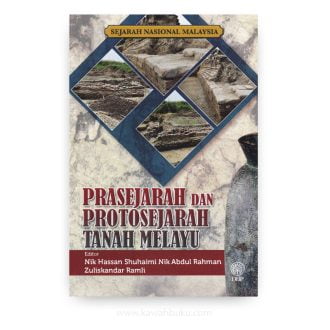Music and Dance: Environment is the fifth publication in the UPM Book Series on Music Research. This fifth volume deals With the many aspects of music and dance in and as an environment. The title expresses in a formula the dual existence as being part of and being part of a whole that determines features and functions of music and dance throughout their history.
The fast-changing sound environment creates re-structured musical experiences from various historical, social, and ethnic backgrounds, which are influencing one of the most significant cultural identity markers: the auditive self-positioning in space and time including related dynamic movements. Due to new mobility dimensions, this kind of self-positioning becomes even more important than the real local placement of individuals. It represents distinctiveness, inclusion, and exclusion of soundscapes and movement patterns in a multilayered relationship among different groups (gender, age, socially, ethnically, racially different groups).
Thus the ethnic background as a main sound experience reference might be replaced by environmental identities, which do not necessarily support the reconstruction of ethnic awareness. Another central question might be which kind of cultural knowledge represented in music and dance embedded in traditional or conservative soundscapes will become obsolete and how can we preserve this knowledge without negative polemics against actual technical developments. Further questions concern the enhancement of flexible research methods for sound environmental categories and corresponding music and dance experiences.
The first two chapters deal with general issues in the light of recent developments caused by global changes and affecting local conditions. They are followed by studies on relevant viewpoints represented in selected composers’ works. The next chapters focus on audiences in various local performances and their response to changes in the social environment.
Then, three articles deal with historical and actual developments among minorities in Southeast Asia and their echoes in performing arts. Another broad topic of discussion is a changing environment within cultural policies and its consequences for large populations in Asia. This topic continues to play a role in the following three articles on jazz and electronic music. They are followed by three studies on dance and movements in the context of environmental changes and one chapter on legal issues reaming from altering patterns in musical communication.











Reviews
There are no reviews yet